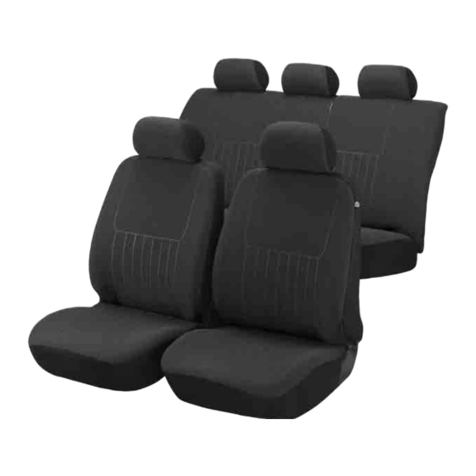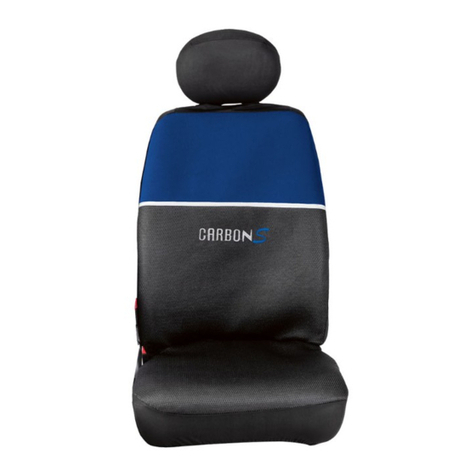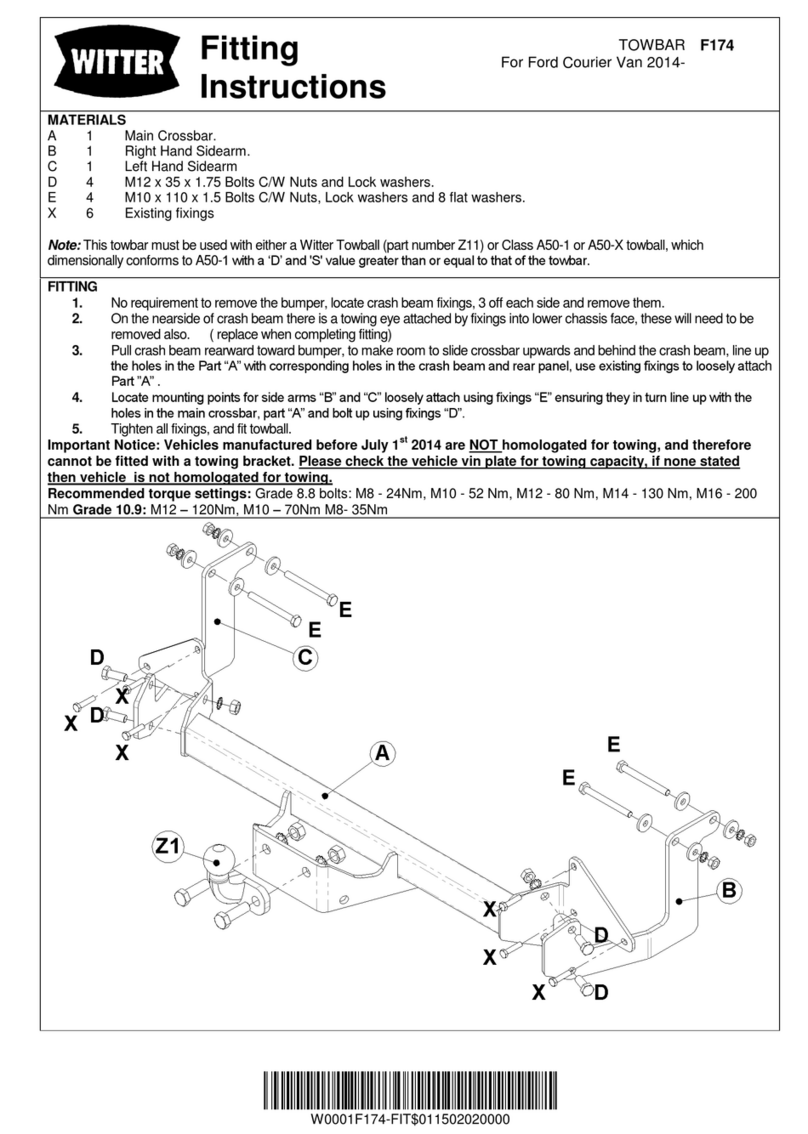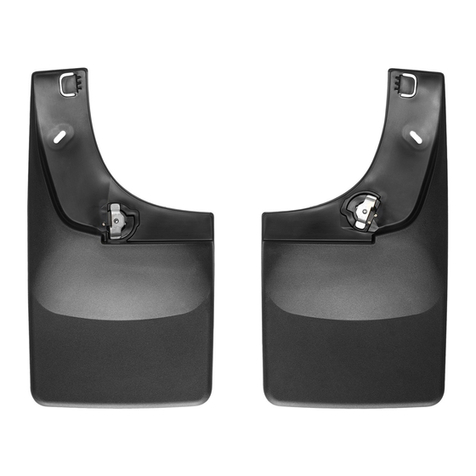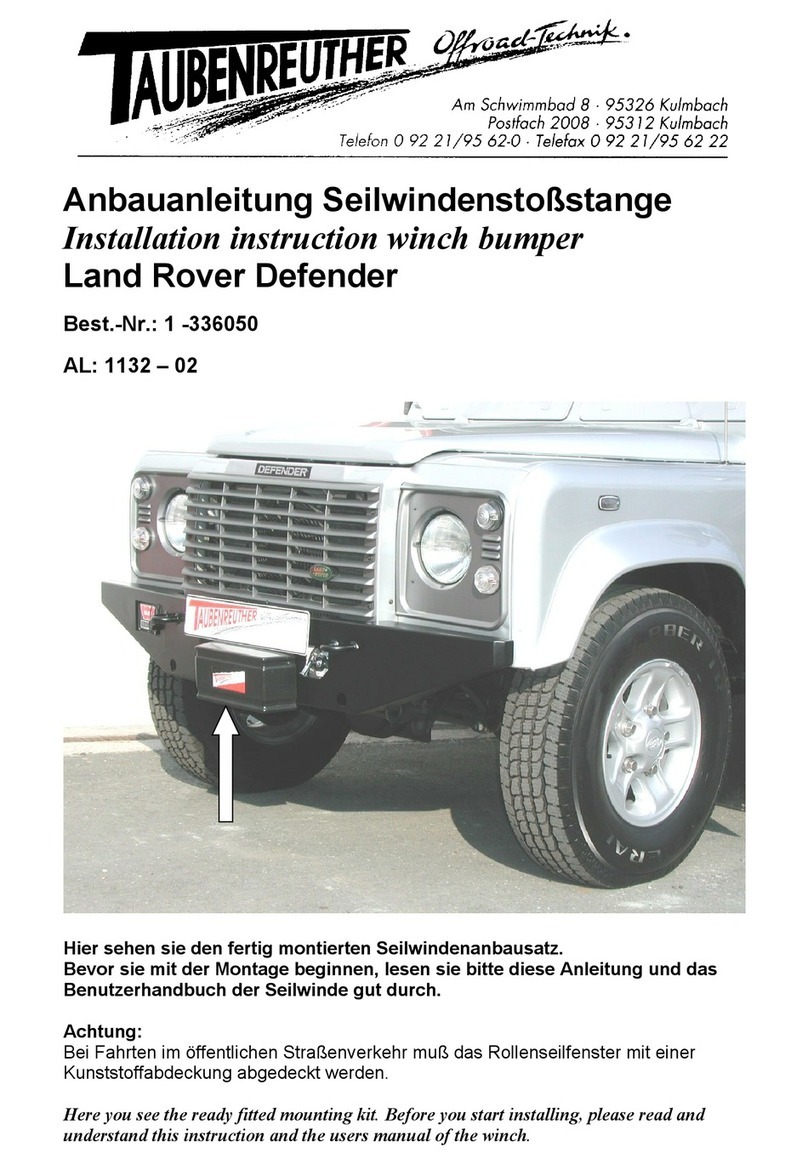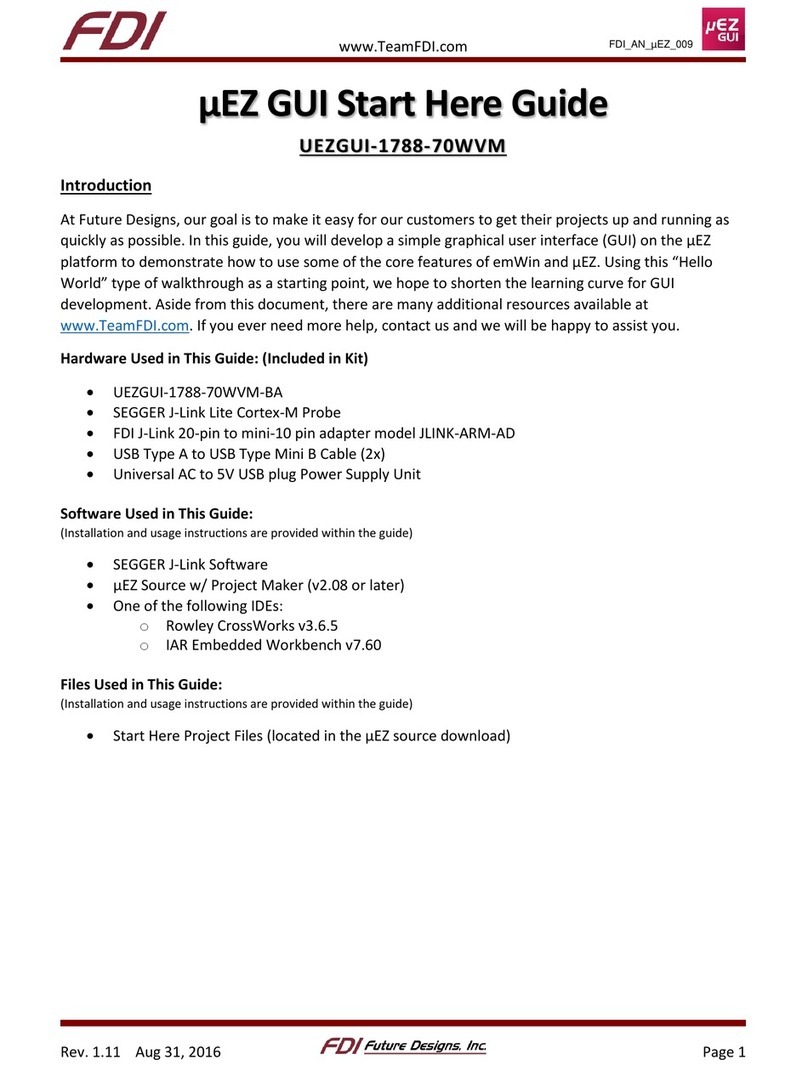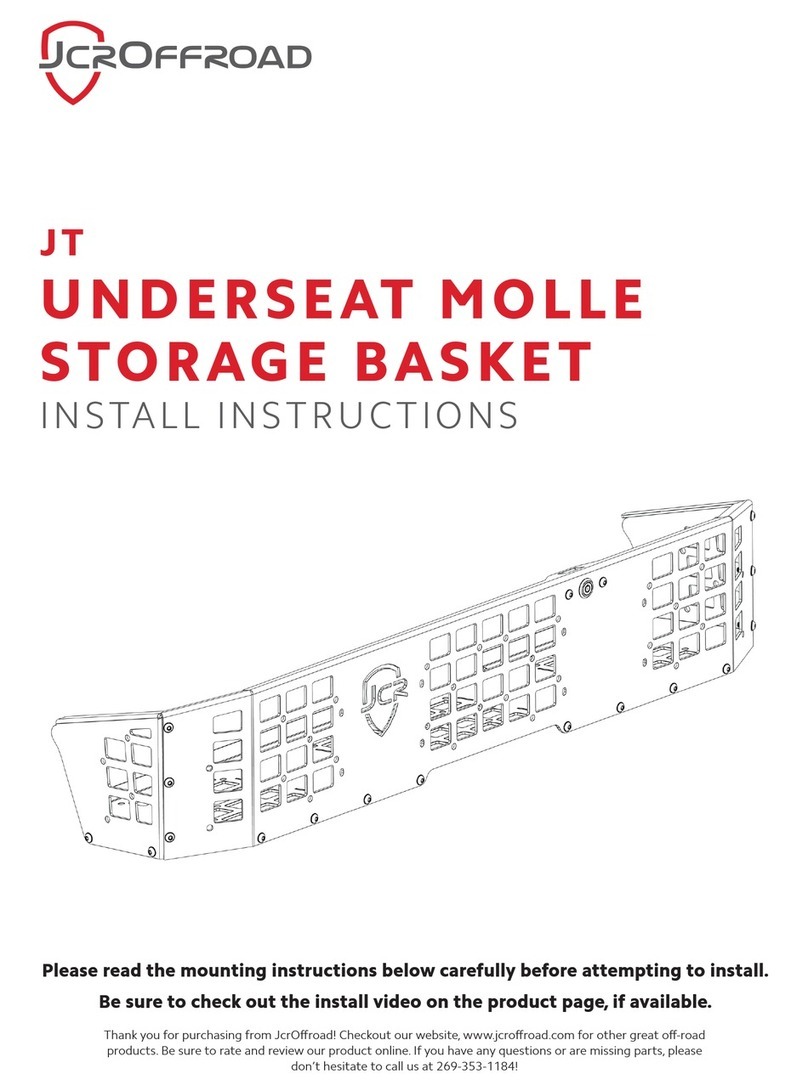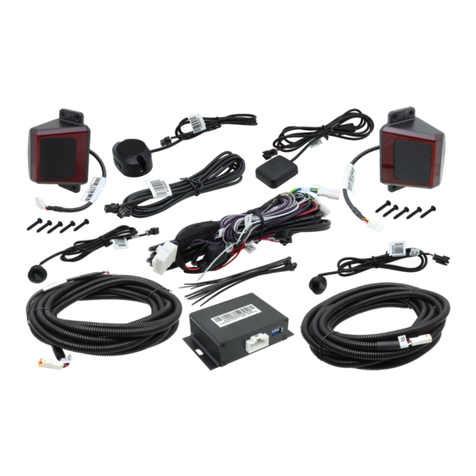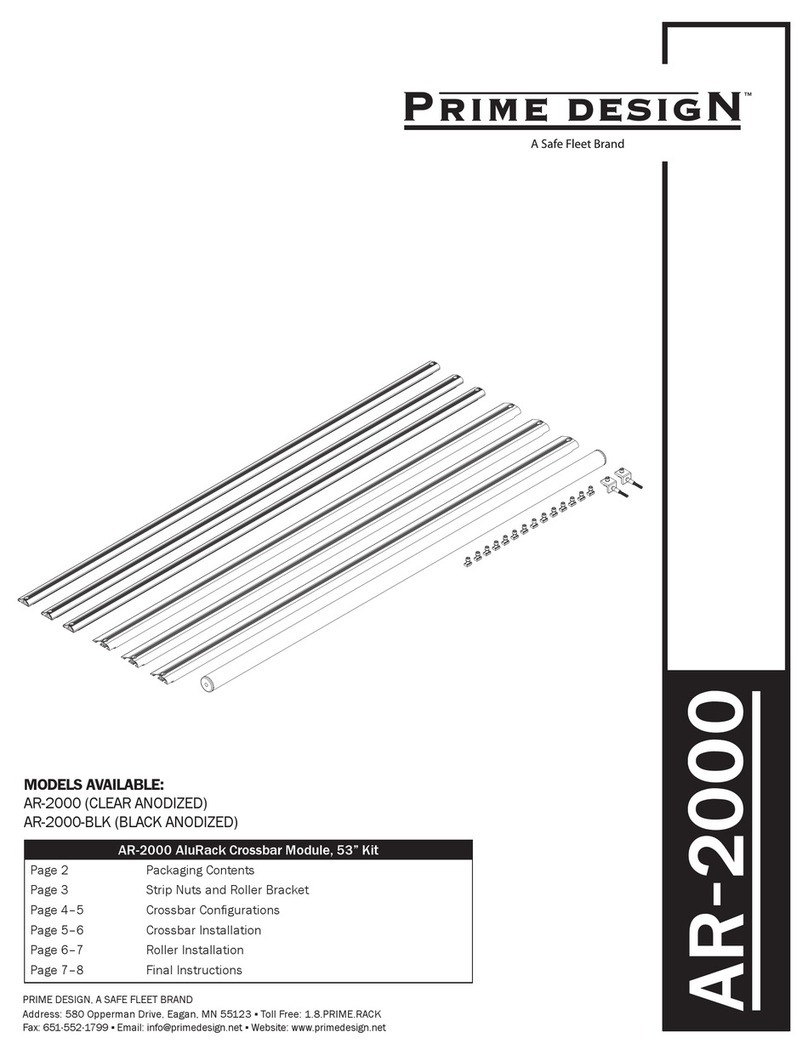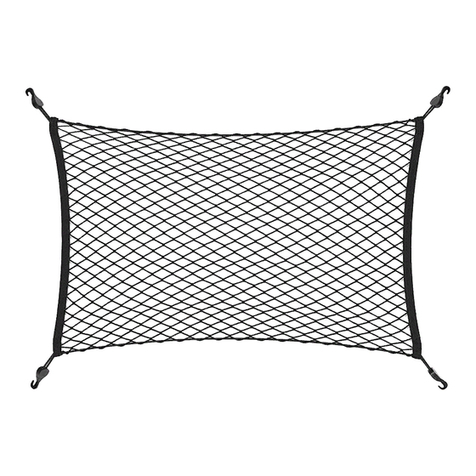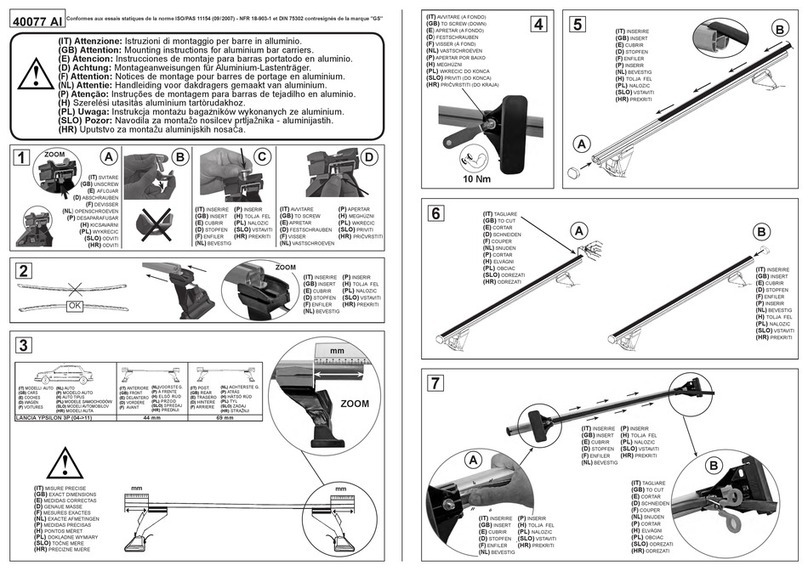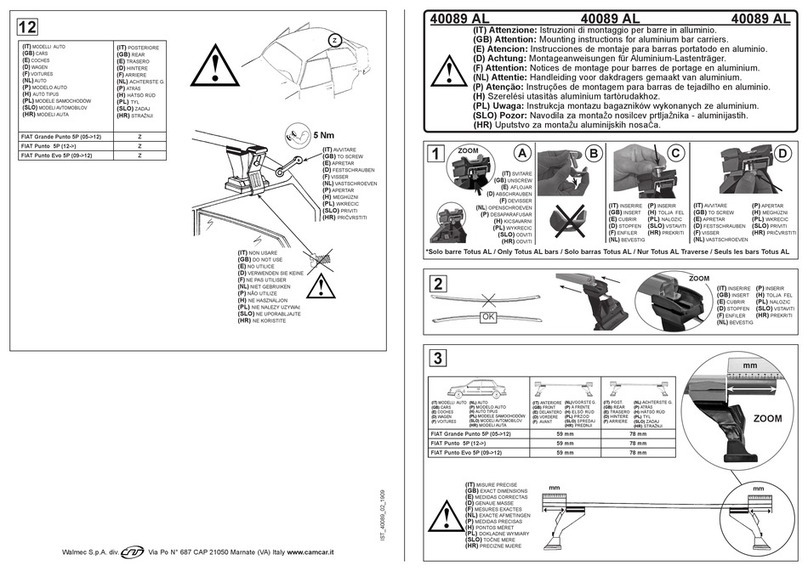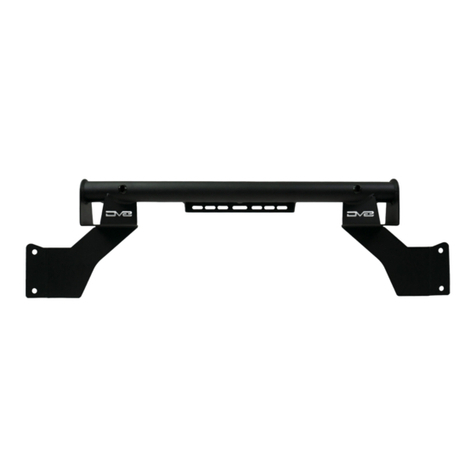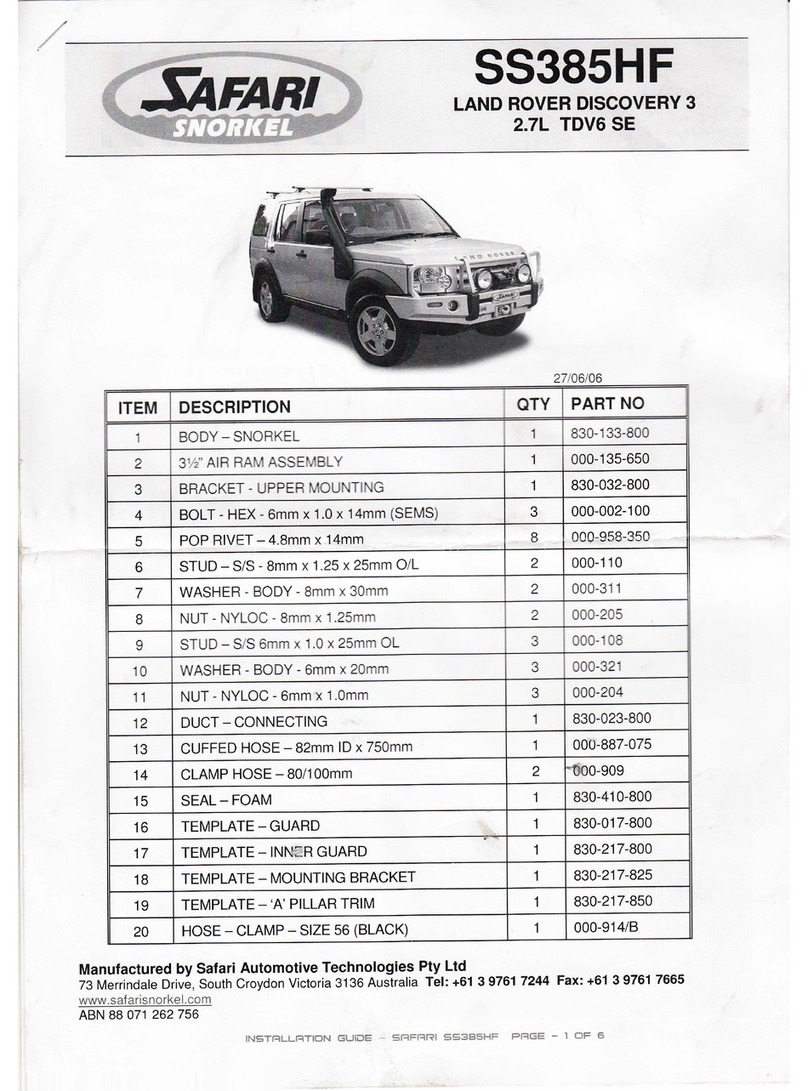
4
2. Safety Measures
2.1 Relevant workforce safety rules
must be observed during the
repair.
2.2 Failure to observe pre-heater
operation instructions may
cause re.
2.3 A workplace must be equipped
with re-ghting means.
2.4 Do not refuel an operating
pre-heater.
2.4 Do not operate the pre-heater
with the fuel system poorly
sealed.
2.6 Do not use the pre-heater with
in conned spaces and in
poorly ventilated rooms.
2.7 Do not switch off power to the
pre-heater before the purging
cycle ends.
2.8 Where ame appears at the
exhaust nozzle, turn the heater
off and repair the fault after
it stops.
3. Construction & Description of the Main Units of the Heater
3.1 The construction, main units
and parts of the pre-heater are
shown in the CPA (catalogue of
parts and assemblies).
3.2 The electric circuit diagram is
shown in the operating manual.
4. Possible Heater Faults, their Root Causes and Trouble-
shooting Methods
A fault may occur during operation of
the pre- heater. A fault may be diag-
nosed by a malfunction code indicated
on the control panel, as described in
Table 2.
There may be faults that are not identi-
able via the control unit, such as loss
of sealing in the heat exchanger (burn-
ing out) or loss of heat capacity due to
fouling of the inner surface of the heat
exchanger. The above faults may be
diagnosed by visual inspection.
Caution: Do not operate the pre-heater
with a poorly sealed heat exchanger.
During pre-heater operation, its sep-
arate units may fail to operate, and
some of them may be replaced without
removing the entire pre-heater from
the vehicle. Such units include, for
example, the fuel pump or the
control panel.
A PC (laptop) with a USB socket may be
used for diagnosing the condition of
the pre-heater units. To do so, connect
the PC to the pre-heater in place of the
control panel using the USB adapter
(supplied separately).
